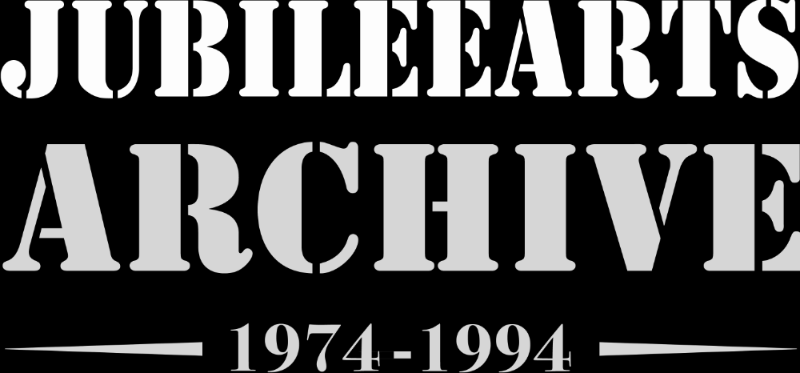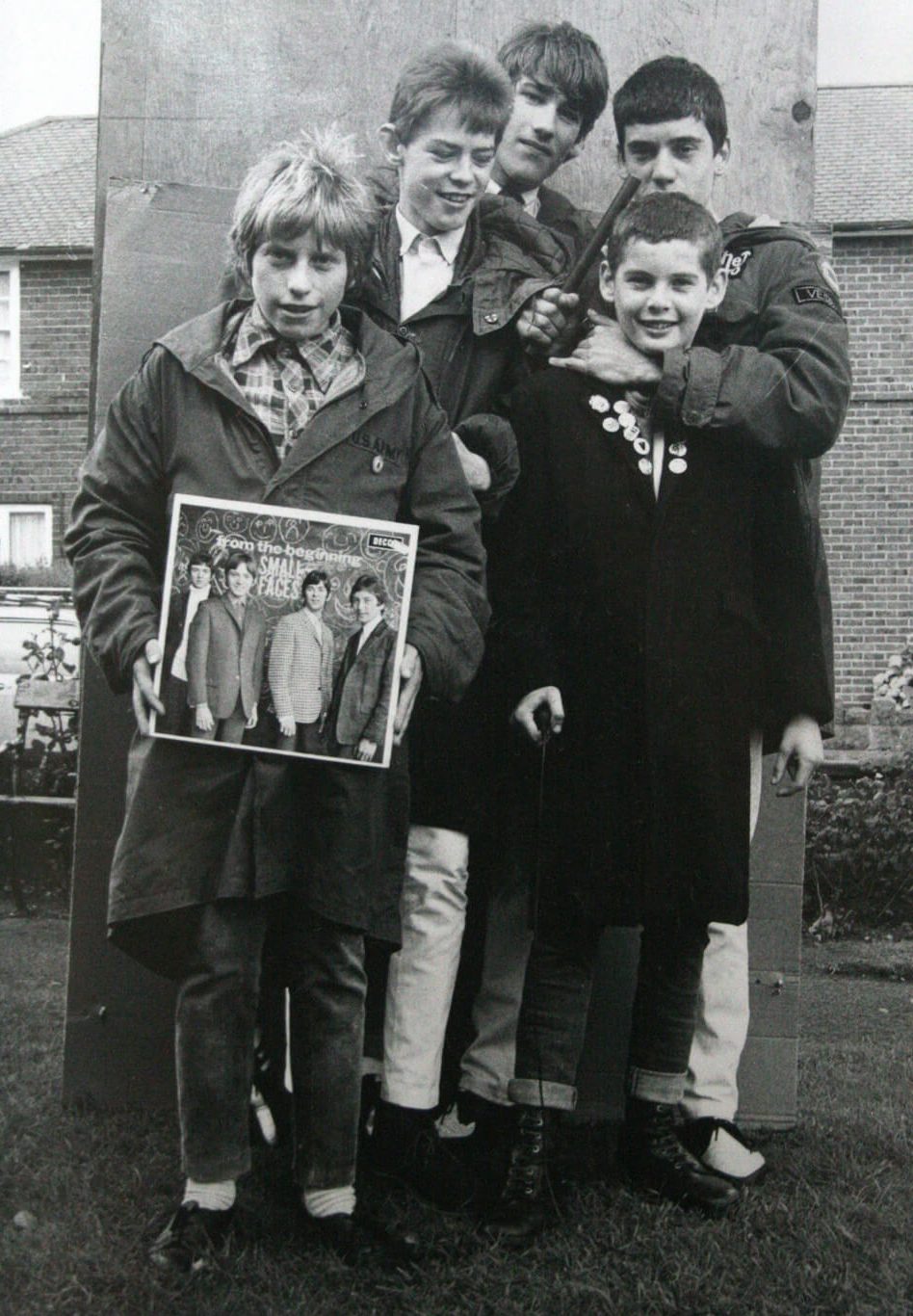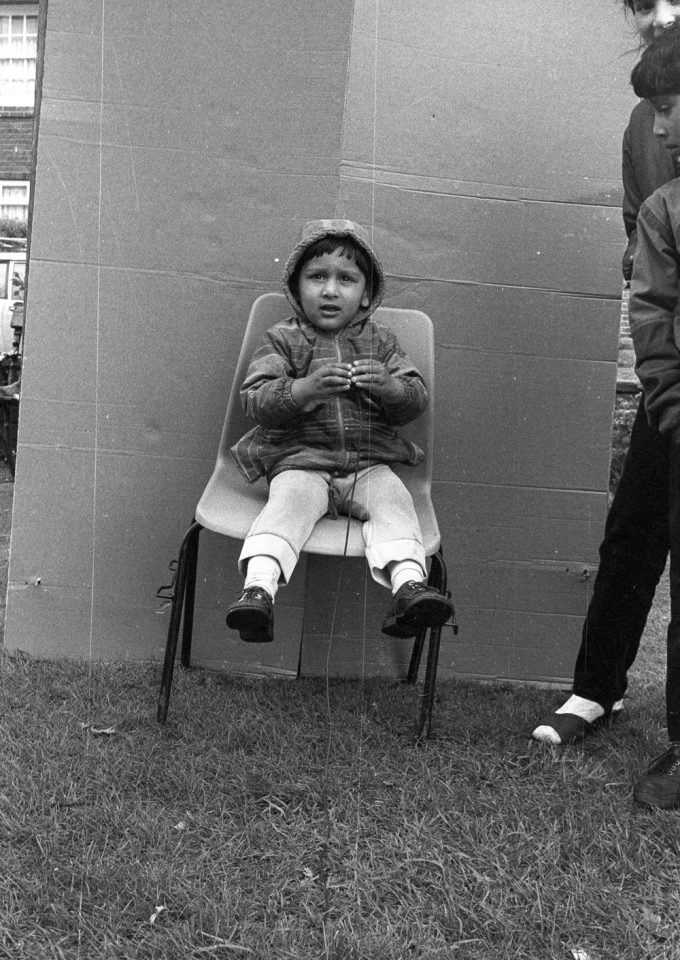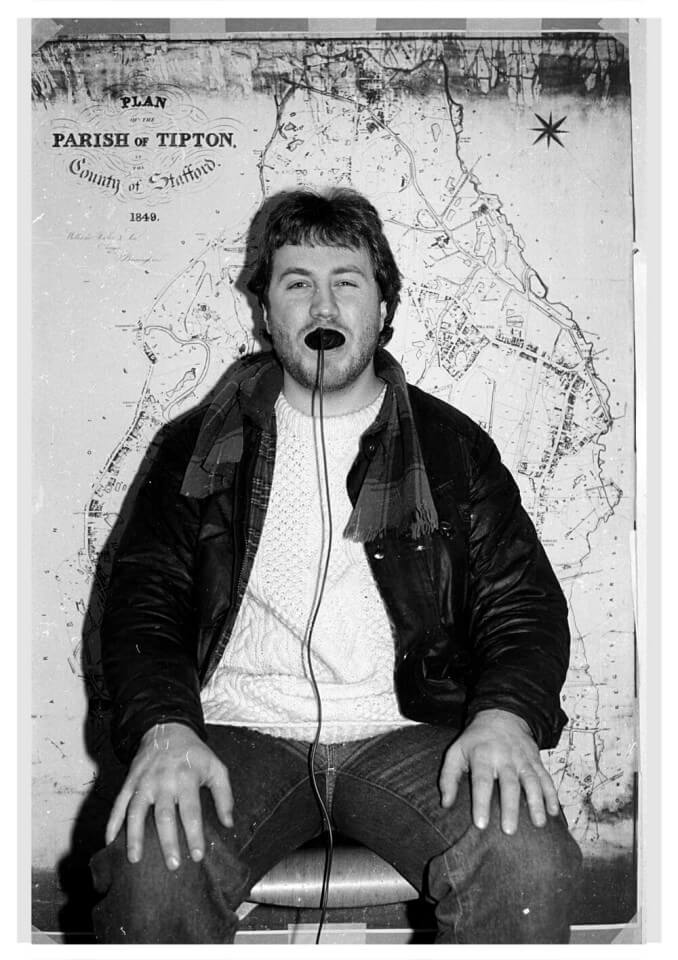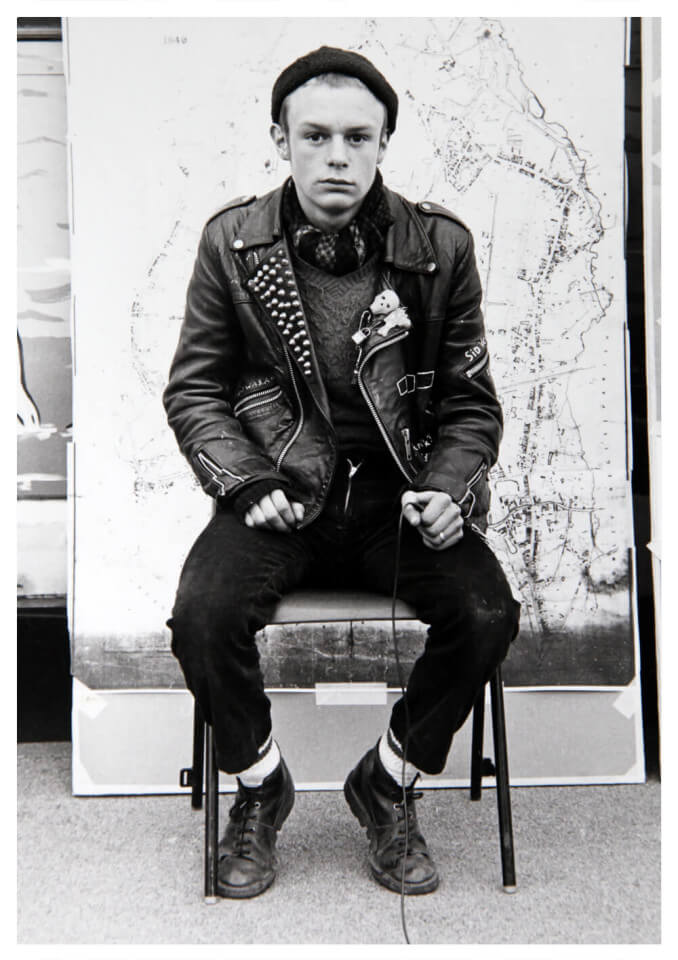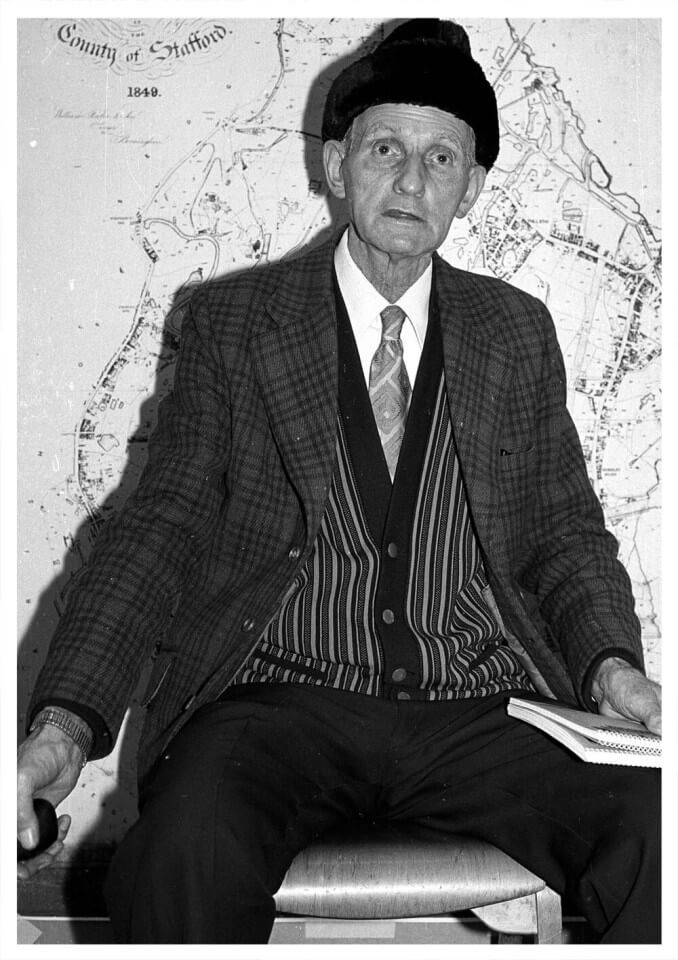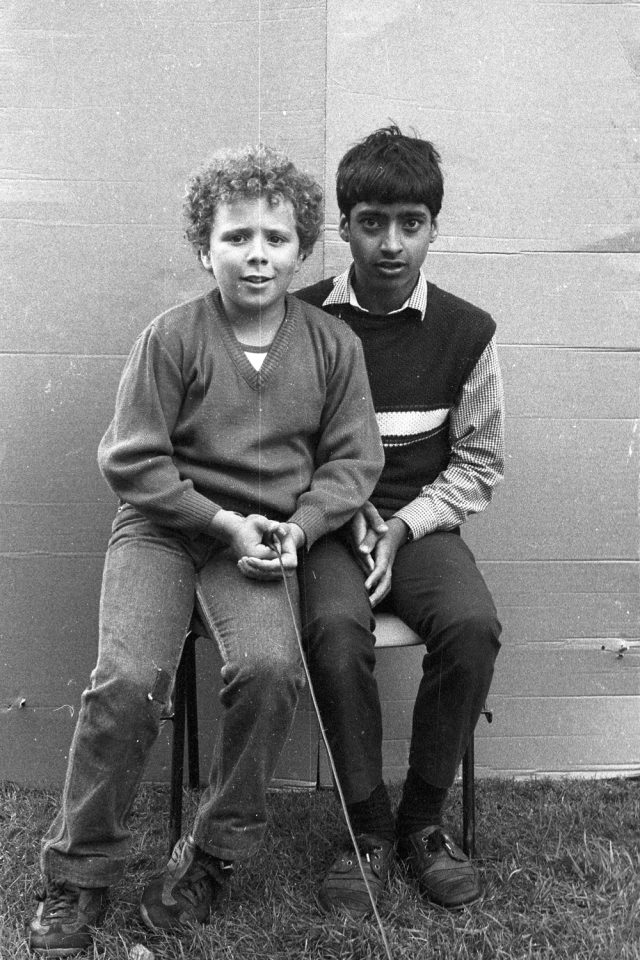An exhibition of images from the archive shown locally in 2014 prompted one individual to get in touch. Marcus Slim wrote: “The photo of the young Mods in 1985 blew my head off when I was shown it on front of the Express & Star. I was the 14-year old kid stood behind the young lad with the Small Faces album. The kid with the album is Hitsville Chalky Soul DJ of Wolverhampton radio fame these days. Back then we use to go the famous 80s Mod meeting place, Ryan’s Café on Summer Row in Brum city centre. Every Saturday, rain snow or shine there we would meet hundreds of other young Mods from all over the Midlands. We did what kids did best back then and get into all sorts of scrapes with other townie gangs mainly Rude Boys, Zulus and Skinheads from the Bull Ring and with the police.
Tom Ryan R.I.P. He was the café owner. I know it would mean a lot to him. He sadly passed away two years ago and he looked after us kids even though he was young himself in the 80s. I went to his funeral with a few other old café lads – if it wasn’t for him I wouldn’t of met so many good friends and also my girl friend. Tom Ryan gave us all some place to meet at weekends as youth, three doors up from Second City sounds record shop, that was the place!!
The other three lads were from Tividale, including myself back then, and Chalky was from Dudley and still is. The photo bought some great memories back, thinking back to the day it was taken. It was in the school holiday hence the lad (Pikey) at the back had an iron. There’s always a story behind every photo. Must admit I can’t stop laughing. Little urchins. If Thatcher got her way she would have sent us down the pit or up chimneys at 14 but she got us with the Y.T.S. later.
Being a Birmingham Mod back then was a massive part of my life and my friends, it was like a religion and for a good few years after that photo was taken. well into the early 90s. Me and my friends went though all the stages and embraced the whole life style of the Mod sub-culture best we could, the clothes got better very quick, music got deep, all-nighters, parties – and scooters broke down!! These days I’m no longer a Mod as it’s for the youth but I’m still collecting vintage black music, soul, jazz, blues, funk, reggae etc. That will never ever leave me. That photo was the start of my journey in life.”
This photograph was taken a community festival event in the grounds of the Oak House in West Bromwich. A space for self-portraits was made by Peter Singh (from West Smethwick Community Darkroom), by dragging a large piece of chipboard around and propping it up, setting up a camera on a tripod with an air release rubber bulb cable release attaché, then inviting people to make a picture of themselves. This was well before cameras had electronic remote shutter releases – you can see the lad in the crombie, foreground on the right, pressing the bulb. The photographs would be processed and presented back the next day at the festival, a mini-exhibition on a washing line, seen in all their unvarnished glory. Now, with the advent of the digital image, we can all amend and distort our self-image. While airbrushing and soft filters were common in the analogue portraits of the stars in the Golden Age of Hollywood, now the computer can easily change you, with filters available to all through numerous apps, nip and tuck, erase wrinkles, to stretch and thin, to even change skin tones.
It was a common technique of many community arts groups back then to use self-portraiture, as a way of engaging – inspired in part by the 1979 Handsworth Self-Portrait project by photographers Derek Bishton, Brian Homer and John Reardon – whereby you create an instant exhibition, bringing the prints back for people the next day or next week. This was a process of the photographers surrendering the control of making the image and allowing for some serendipity. The camera tripod might have been knocked out of position, an individual photographed half out of frame, another person jumping suddenly into the frame as one person composes themself, allowing for imperfection and happenstance – yet all the results were celebrated and the prints taken home.
Most of the people in the photographs did not have access to a camera, or perhaps even possess a family photograph album. One Asian family photographed at the Oak House, came back and asked if they could have a colour photograph of them taken, with all their children standing in front of a glorious display of rose bushes, with the half timbered 17th century building behind them, a photograph they wanted to send back to their extended family in Mirpur, Pakistan. Jubilee Arts obliged.
